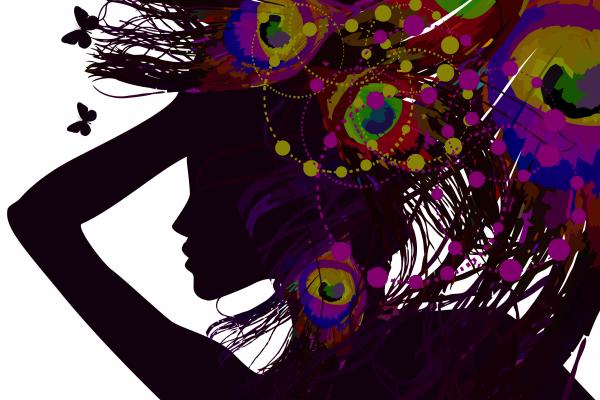During summers working at camp, one thing we did together was draw who we thought God is. The campers and I would draw anything from stars in the night sky to pictures of their friends and family to copies of images of God they had seen in paintings. Then, like Celie and Shug Avery in this passage from The Color Purple, the campers and I would discuss together how God should not always be thought of as an old white man. That image of God is limiting for those of us who cannot identify with such a figure. When you think God looks like a person who represents oppression, danger, or injustice, you don’t want to have anything to do with that God. When you broaden the scope to say God is in everything and everyone, then everyone, including me and Celie and my campers, has a part of God’s light inside us.
Read the Full Article

